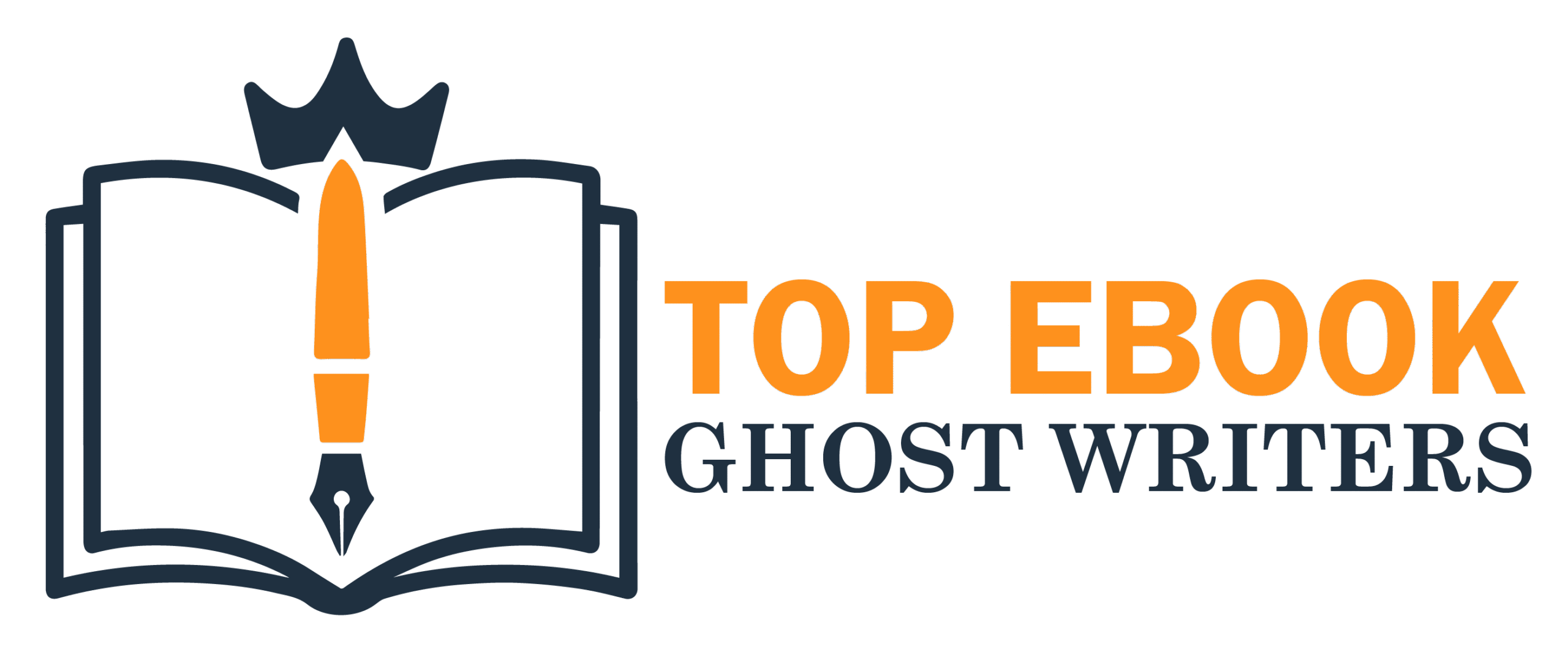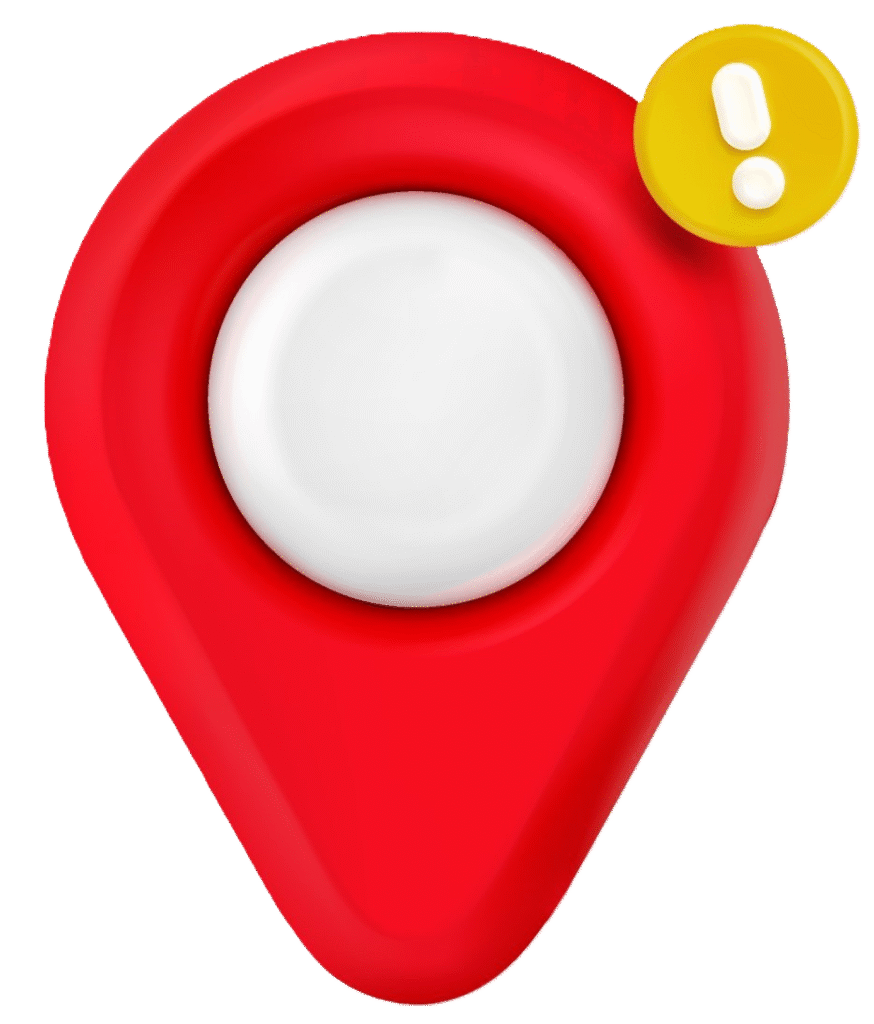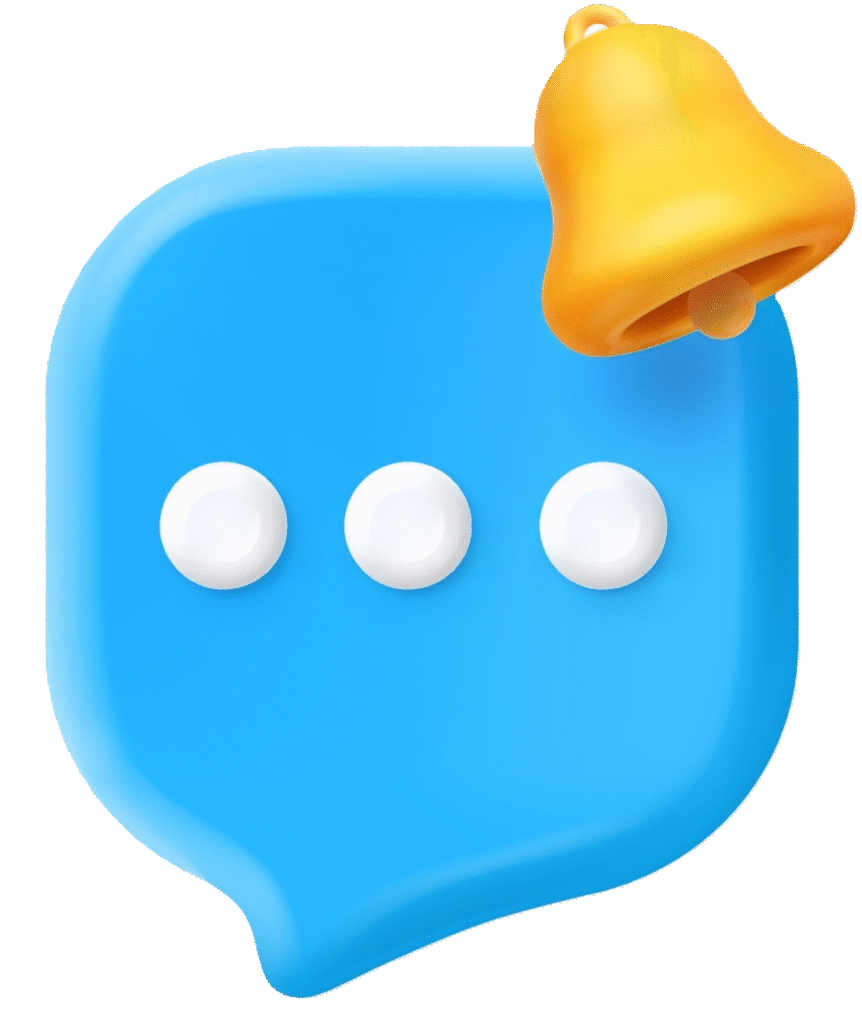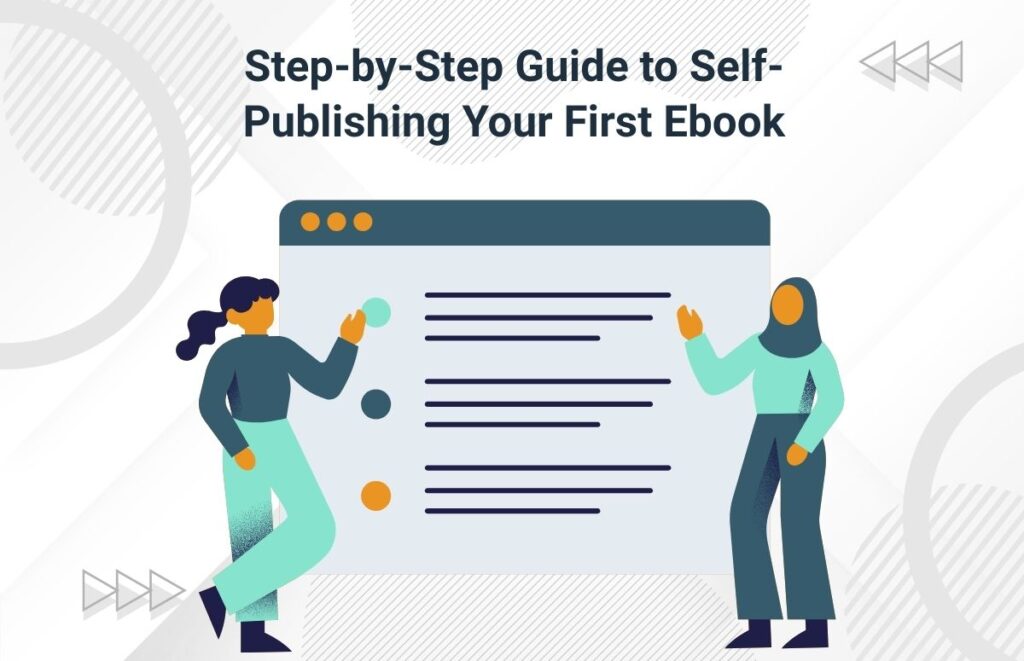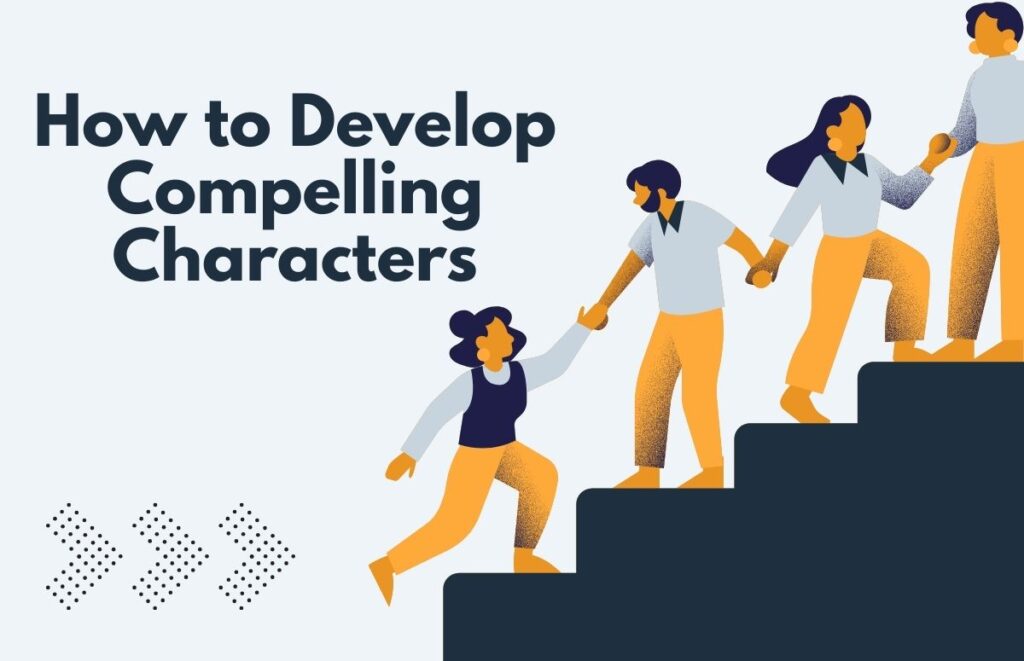Creating an eBook and self-publishing is one of the most liberating methods of getting the word out there about something you have to say, something you have to tell, and something you have to guide. With such digital publishing sites as Amazon Kindle Direct Publishing (KDP) and Draft2Digital, publishing is no longer the domain of traditional authors with huge publishing contracts; now everyone with a dream and a blueprint can be a publisher. Here we will guide you through all the steps of self-publishing your first eBook in a complete step by step guide. Whether it comes to brainstorming, checking the validity of your idea, writing, formatting, designing an eye-catching cover and selling your masterpiece, you will find some concrete tips to do that.
Whether you are developing a passive income stream, expanding your brand or other ambitions, this guide helps you ensure you don’t make the usual mistakes and publish with confidence. They will end up having a clear path forward on how to take their eBook idea all the way through to a published success.
Planning Your eBook for Success
Creating an eBook and self-publishing is one of the most liberating methods of getting the word out there about something you have to say, something you have to tell, and something you have to guide. With such digital publishing sites as Amazon Kindle Direct Publishing (KDP) and Draft2Digital, publishing is no longer the domain of traditional authors with huge publishing contracts; now everyone with a dream and a blueprint can be a publisher.
Here we will guide you through all the steps of self-publishing your first eBook in a complete step by step guide. Whether it comes to brainstorming, checking the validity of your idea, writing, formatting, designing an eye-catching cover and selling your masterpiece, you will find some concrete tips to do that. Whether you are developing a passive income stream, expanding your brand or other ambitions, this blog helps you ensure you do not make the usual mistakes and publish with confidence. They will end up having a clear path forward on how to take their eBook idea all the way through to a published success.
Define Your Target Audience
Know your target audience and determine how you should tailor your eBook, its contents, style, and marketing strategy to best meet reader requirements.
- Demographics of research such as age (location and interests) is used to come up with a detailed profile of your audience to influence how you write.
- Look at forums, surveys and reviews and find out what makes your potential audience suffer to cover some particular issues in your eBook.
- Build a reader avatar that determines the tone of your content, examples, and the nature of marketing that would make it relate well with your audience.
Validate Your Idea
Become certain that your topic can be used in eBooks because other people are really interested in it: collect some evidence based on keywords analysis, reader response, and market dynamics.
- Quantify the intensity of the competition and the volume of months searched prior to commitment to your subject through using the keywords research tools.
- Create posts on specific forums with polls or surveys that will gather information on specific interests and needs.
- Before composition, read up on best-selling eBooks in your genre in order to gauge topics, pricing, and what the reader will expect.
Outline Your Content
Become certain that your topic can be used in eBooks because other people are really interested in it: collect some evidence based on keyword analysis, reader response, and market dynamics.
- Quantify the intensity of the competition and the volume of months searched prior to commitment to your subject through using the keyword research tools.
- Create posts on specific forums with polls or surveys that will gather information on specific interests and needs.
- Before composition, read up on best-selling ebooks in your genre in order to gauge topics, pricing, and what the reader will expect.
Writing Your eBook Like a Pro
You have your strategy now, it is time to convert your ideas into attractive, quality content. It is not enough to write something and stick it on a page to call it an ebook- it is a matter of providing value to readers in a voice that is appealing to the tone target and delivery method. You will get to know methods of remaining productive, creating an interesting copy and writing your manuscript in an easy flow. We will also examine the way to be consistent in voice and tone throughout chapters, thus making your book feel like one, not multiple.
Set a Writing Schedule
Make a writing schedule that you can follow to keep up and adhere to maximum efficiency and deadlines to finish your eBook.
- Accept that writing is a special time activity where you concentrate only on writing and not on anything else and not get disturbed by other activities.
- Have realistic word count targets during each session and assess progress and keep them encouraged.
- Keep track of milestones to celebrate success and continue to be committed long term to writing until your book is done.
Write for Readability
Write in a clear way, keep sentences short, make it interesting to read so that it flows easily.
- Use the active voice to present sentences as direct, convincing and easy to comprehend and read by the readers.
- Long text should be interrupted by subheadings, bullet points, or other visuals; those will make it more scannable and easier to read.
- Shorter sentences of less than 20 words will help keep the book clear and the readers interested.
Stay Consistent in Tone
Adhere to a constant style and tone in your entire eBook so that you can develop trust and a reading experience.
- And to provide consistency define your tone, casual, professional, or inspiring, before you start.
- Employ use of voice throughout the course of the chapters, even on the change of topics.
- Don does not use jargons unless you need it in your niche and your readers know it.
Designing & Formatting Your eBook
A good ebook design with enough formatting makes the reading experience enjoyable and gets higher perceived value. This is the phase that a book should be made into by hiring a designer or doing it yourself. It entails the design of a catchy shell, the use of palatable fonts, and making sure your design is appealing to view on various devices. We will talk about the free and paid tools that enable you to create a polished file in the right format to serve on various platforms too.
Creating an Eye-Catching Cover
Your cover must speak of quality and relevance instantly, which draws the attention of potential readers in the competitive online marketplaces.
- To get quality images, use design programs such as Canva or employ a professional designer.
- Read and study successful covers within your genre to measure up to what readers expect and what may be in style.
- Label your title and author name so that both can be read on any size device.
Format for Multiple Devices
Acceptable formatting will guarantee that your eBook will look beautiful on Kindles, tablets and smartphones to maximize reader gratification.
- Go pro with your work by using formatting software such as Kindle Create or Vellum.
- Try your eBook on several different devices to resolve display problems prior to publishing.
- Stretch and compress images to avoid slow loading or low definition.
Use Professional Fonts & Layouts
Your readers are influenced by typography and layout in terms of readability, perceptions of quality, and enjoyment of the eBook.
- Use clear fonts that are less difficult to read, such as sans-serif in digital format.
- Keep margins uniform, as well as spacing and indentation in the eBook.
- Use italics to style headings and subheadings so that attempting to understand a hierarchy is clear.
Publishing Your eBook
It is through publishing that your effort pays off to the world. When you select the right platform and model of publishing, it influences the visibility, royalties, and the reach of the distribution. You will choose to take the alternative of going exclusive with Amazon Kindle Direct Publishing (KDP) or a wide distribution option through the services of Draft2Digital or Smashwords. Putting up your account, putting up files, pricing strategies and writing an eye-catching book description to do the conversion of a browser into a buyer will all be walked using.
Choose Your Publishing Platform
Choose a platform that will have an appropriate mix of royalties, reach and control over the distribution of your eBook.
- Compare Amazon KDP, Smashwords and Draft2Digital against royalties, audience and ease of use.
- Be sure to look at rules per platform governing exclusivity and file formats and content restrictions before committing.
- Take into account the wide distribution or a platform exclusivity according to your marketing strategy and purposes.
Set the Right Price
Strategic pricing influences the perception of value; volume of sale and the overall profits made on your eBook.
- Study the prices of your competition within your genre in order to place your eBook within the market.
- Begin with a middle price range, such as $2.99–$4.99 to find out the center between affordability and profitability.
- During launch, run a discount or promotion to create sales velocity and reviews.
Write a Persuasive Book Description
Your description needs to attract readers, provide some value, and inspire people to buy in a few seconds of reading.
- Begin with a good opening hook that will impress curiosity.
- Point out the main advantages and solutions your eBook implies.
- Increase credibility by adding testimonials, reviews, or accolades.
Marketing & Growing Your eBook Sales
The most wonderful eBook would not sell without good marketing. This phase is concerned with creating awareness, creating anticipation, and sustaining long-term sales momentum. You will use social media, email marketing, and paid advertisements to communicate with your audience. We will also discuss how to create an author platform and the use of reader reviews as a means of increasing credibility.
Build an Author Website
The greatest advantage of having your own site is that it becomes your personal tool in branding, interaction with the readers, and the long-term eBook marketing tool.
- Create a professional-looking site (with WordPress, Squarespace or Wix).
- Provide a lead magnet, such as a free chapter or resource as a way of building your email list.
- Include all of your books with buy links and author biographies to increase trustworthiness.
Build an Author Website
The greatest advantage of having your own site is that it becomes your personal tool in branding, interaction with the readers, and the long-term eBook marketing tool.
- Create a professional-looking site (with WordPress, Squarespace or Wix).
- Provide a lead magnet, such as a free chapter or resource, as a way of building your email list.
- Include all of your books with buy links and an author biography to increase trustworthiness.
Collect & Use Reviews
Reviews increase authenticity, purchasing decisions, and discoverability via algorithms.
- Ask frank opinions of beta readers and early purchasers.
- Make positive reviews of your features visible on your site and social, and even in marketing literature.
- Question reviewers to know of the creator to establish goodwill and reader relationships.
Conclusion
Publishing the first eBook is a self-publishing adventure that allows exploring both the creative process and booking techniques. These steps, or planning to marketing, can help you through making your manuscript a professional market-ready book that sells.
Call to Action
Are you ready to print your first eBook? Use this step-by-step guide when you are ready to make your idea become a complete book your readers will enjoy. Start now!”
FAQs
What is the cost of publishing a self eBook?
The cost of self-publishing may be zero dollars, or upwards of $500-, depending on design, editing, and marketing decisions. A lot of writers begin frugally.
Which platform is easy to start with?
Amazon Kindle Direct Publishing (KDP) is newcomer-friendly, free to use, has a large reach and has easy steps to set up.
Is my eBook required to have an ISBN?
In most platforms, such as the KDP, you do not require having an ISBN to distribute ebooks, but you must have one in case of a few wide distribution channels.
What kind of length should my eBook have?
eBooks range between 5,000 and 50,000 words and above. Unless you can convey your topic, price, and audience in a particular length, you need to see what length is best suited to you.
Will I be able to sell my eBook on my own site?
Yes, with the help of services such as Payhip or Gumroad, it is possible to sell e-books directly and receive more profits than sending them to other platforms.
What can I do to market my eBook free of charge?
Post on social media, in specific forums, put the emailing lists to work, and use the bloggers to review and highlight.
Do I need to find an editor?
Yes—professional editing makes it easier to read and believe what one is reading, which has a direct effect on sales and reviews.
How do I update my eBook?
Sure, on most platforms, you can upload corrected files any time, and therefore it is easy to correct mistakes or give other content.
About Author
My name is Elena Marlowe, and I am a writing coach who has many years of in-depth experience in publishing. I have been involved in the launch of various e-books in terms of genre, having them be successful, and also in giving cover to new writers and enabling them to produce their ideas in the marketplace. I specialize in the optimization of Amazon KDP, profound formatting, and powerful launching. also i have created authority as a guest workshop leader, podcast interviewee, and mentor to dozens of writers. The guide is reliable, as all the steps are founded on the actual outcomes, proven procedures, and clear practices.
